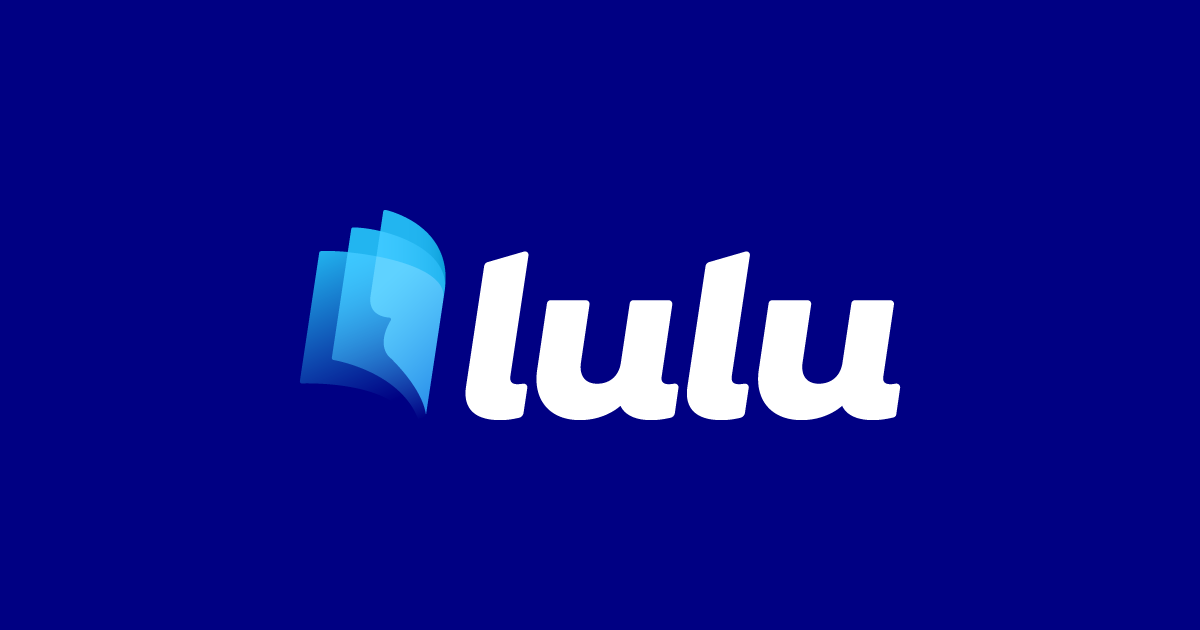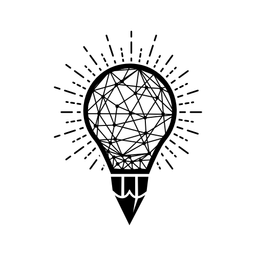Your Sales System

Now that you’ve implemented your content system, we need to connect it to your product ecosystem. The connector is your sales system. (We’ll talk about your product ecosystem in the next chapter).
Your sales system is the process you have in place to turn leads into customers. Depending on the business, it could be as simple as clicking a link, landing on a sales page, and purchasing the product.
For other businesses there are more steps - click a link, schedule a call, show up for the call, receive a demo or pitch, agree to receive a quote, receive the quote, negotiate the quote, and finally agree to the deal. That’s at least 8 steps!
The goal isn’t necessarily to cut steps to as few as possible - we need to make sure the process serves the potential customer more than it serves us. If you can cut steps and continue to serve them, then great! That’s one fewer step where drop-offs can happen.
The goal of your sales system is to have a clear path from lead to customer. Automating as much of the process as possible is ideal, but there are certain steps that benefit from talking with someone, like receiving a demo or having a discovery call.
Yes, I know of companies selling $10,000 coaching packages from a website. But they’re able to do that because of the trust they’ve built with their leads, the context those leads come to the sales page with, and the balance of supply and demand the company has created. Until you have those same circumstances, just focus on getting people through the sales system. You can always optimize and simplify later.
Now, we need to take a step back and look at our goals from the outcomes section. How many customers do you need per month? Let’s start there and build the system that delivers that outcome consistently month after month.
Let’s look at two examples - a digital product and a high-ticket, done-for-you offer of a marketing video.
Digital Product Sales System
To connect your content system to your product, you build a sales system. For a digital product it’s straightforward.
First, make it easy for leads to become customers. In your email sequences and your weekly newsletter, put soft calls to action in the PS section or at the end of the email. “When you’re ready, here’s how I can help you get [outcome]”. Notice I’m not using language like “buy my course” or “get my book”. They don’t want your product (yet), they want an outcome. Talk about them and the outcomes they care about, and make it as easy as clicking a link to take the next step.
Then think about where you’re taking them. Do you need more information from them? Send them to a scorecard. If you only have one product, you can direct them right to the landing page or sales page for that product. Again, talk about how it helps them achieve their outcome, and make it easy to buy.
Set up the delivery of the product. You can have them download it, login to a learning management system for a course, or unlock parts of your site that have the content they just paid for. Pretty straightforward - within a few minutes of clicking a link they can start interacting with the digital product they just bought.
So, for this system, you need to add links to your emails, a landing page, a checkout, and a delivery system. ConvertKit is a great option as it all comes with your monthly subscription. You can set up the links, tag and segment people who click on them, send them to a product page, collect payment, and deliver the digital goods all from one platform.
Shopify is another obvious choice, and there are plenty of other options, some specific to courses (Thinkific, Teachable, Kajabi, Podia), books (Lulu), and digital downloads (Gumroad). Do your research and find what works for your business and also what your customers are used to in your industry.
High-Ticket Offer Sales System
Alright, let’s look at building out a sales system for a high-ticket, done-for-you video offer like the one we created in the offer chapter.
First, you need a way for someone to signal their interest. So you’ll use the same link in an email as a way to tag and segment your audience and guide them to a page on your site or to a scheduler link like Cal.com or Calendly or any of the other dozen platforms to schedule a call on someone’s calendar.
You’ll need that app and/or a landing page on your site to talk about first part of your offer - the call. Talk about them and their outcomes and how the call will help them understand how you can help them get those outcomes.
Once you schedule the call, you then wait for that time, hop on the call, and hope they show up. Scheduling software helps with this as it will email and/or text them reminders about the call so they’re less likely to miss it.
Then on the call you do your discovery or ask them about their needs and their outcomes, and use the time to get clarity so you can put together an estimate. Now, here’s an important step that I learned from my friend Justin Moore in the context of sponsorships, but am applying here when it comes to sales: every one of your quotes should be bespoke.
Here’s what I mean: Instead of quoting them “your price” for video, say $25,000, you can use this language to gauge their budget:
Thank you for all of this, it’s super helpful context. What we like to do is put together a bespoke offer for each of our clients, typically with at least three different tiers. Can you let me know what those tiers should be from a budget feasibility perspective?
What you’re essentially asking is “what’s your budget” but with much more strategic language. You’re having them tell you what they can afford, so that you can craft offers that meet their needs and are profitable for you and your business.
Once you have those tiers from them - say $15k, $20k, $25k - then you know how to craft three different offers for the video package. Yes, video package, not just the video. Go back to the offer chapter if you’re not sure what I’m talking about here.
Now you can be confident that your offers work for their budgets rather than wasting time putting a $25k bid together for someone with a $5k budget. If they give you tiers of $2k-5k on the call, you can pivot right then and offer something smaller like a strategy session, or a different package to help them understand that they’re not in the right ballpark for what you typically charge. (This is also a partnership opportunity to find other businesses or videographers who would love to take on projects in that price range, and you take a small finder’s fee for sending them a referral.)
Once you send over the offer with the three different tiers, then you follow up a few times until they either buy or give you their concerns or objections. You handle those and win the deal or they go into a new segment of your email list that continues to get nurtured until the time they’re ready to become a customer.
With both systems there are few things we need. We need inputs - leads clicking on links signaling that they’re possibly ready to become a customer, so we can present them with an offer to buy or take the next step like hop on call. We need to track the different steps in the sales process to ensure that there aren’t any gaping holes where people are dropping off.
When I launched my 2024 event, the first three days I had zero sales. As I looked into it deeper, I found that I couldn’t get past the “add to cart” screen - there was no next step available on the page! I contacted the platform and they found that I had someone selected that there were zero tickets available for the event. I had sold out without selling any tickets!
We remedied the issue and I sent a “whoops!” email to my list, and sales started to pick up right after. Whew! But I should have tested the process more thoroughly before sending people to it.
Tracking is SO important that we have a whole chapter on building and using a dashboard to track the different systems in your business.
The goal of your sales system is to get leads to become customers. If none of your leads are clicking or signaling interest, then you can look at your email engagement system to make sure it’s working, and then look at the offers you’re putting in front of people to make sure they align with their pains, needs, and desires.
Take Action
Track the system to make sure that it generates the outcomes you need for your business. So if you need four of those high-ticket customers or clients per month, you need to reverse engineer the system so that you get enough quotes, calls, appointments, visits, and clicks. Each step will have some drop-off, so your tracking might look like this:
25 clicks > 25 visits > 8 appointments > 5 calls > 3 offers > 1 sale
The numbers aren’t as important as the percentages when it comes to identifying the constraints in the system.
Clicks > Visits = 100%
Visits > Appointments = 32%
Appointments > Calls = 62.5%
Calls > Offers = 60%
Offers > Sale = 33.3%
So here we would look at the lowest conversion rate - visit to appointments - and see what we can do to improve the conversion rate at that step. We could tweak the language on the page, change the offer on the call to action in the email, optimize the layout of the page, try a different next step, etc.
Tracking this week over week will help us identify the constraint and focus on that for the week. Then we track again next week and look at the next lowest converting step. That’s how you continually optimize and improve the system and the outcomes it generates.
If everything is working and you’re getting the sales you need from this system, then it’s about sending more people through it. So you can optimize the number of people who click on the link every day, you can get more leads, or both! That’s how you grow your business using this system.
Once you have that system optimized, we need to look at your product offerings - your ecosystem - and expand that out to help you meet your goals. We’ll do that in the next chapter.

Sponsored By Lulu.com
The team at Lulu has been an incredible partner since I released my last book, Craftsman Creative - How Five-Figure Creators Can Build Six-Figure Businesses.
We've partnered on this next book, Blockbuster, to share the ins and outs, the behind the scenes of writing and publishing a book in public.
To learn more about how Lulu can help you get your book out into the world, visit lulu.com by clicking the button below:
NEXT CHAPTER

PREVIOUS CHAPTER



Member discussion